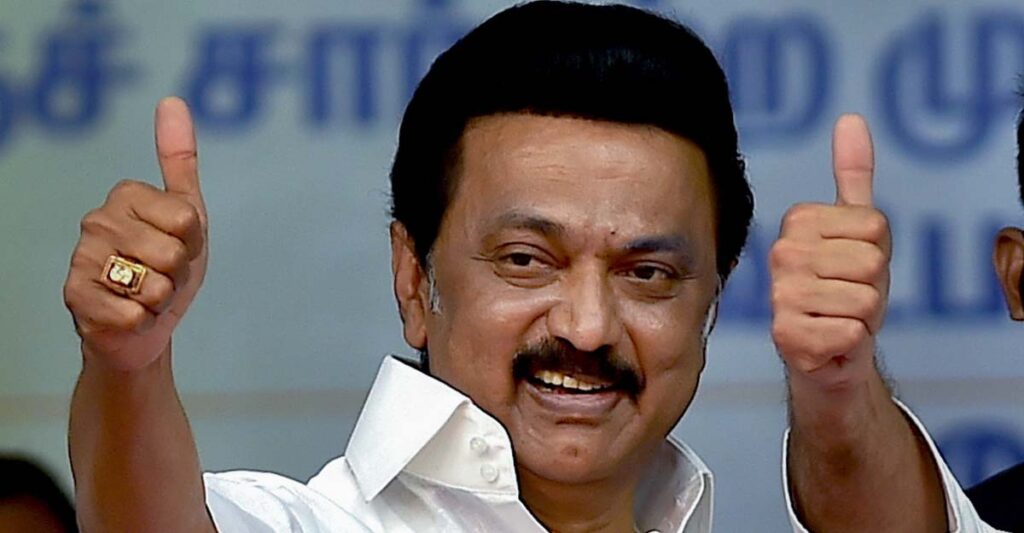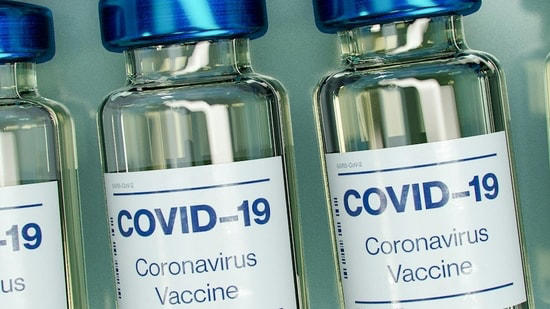Fostering Team India for Economic and Tourism Growth
The 10th Governing Council Meeting of NITI Aayog convened in New Delhi, chaired by Prime Minister Narendra Modi. The meeting, themed around Viksit Rajya for Viksit Bharat, aimed to foster collaboration between the Centre and states to achieve India’s development goals by 2047. With chief ministers from NDA and opposition-ruled states in attendance, the event highlighted unity, with images of Modi engaging cordially with leaders like MK Stalin, Chandrababu Naidu, and Bhagwant Mann circulating widely. The meeting also addressed critical issues like tourism development, urban planning, and economic growth, while some opposition voices questioned its substance over optics.
PM chairs 10th Governing Council Meeting of NITI Aayog
— NITI Aayog (@NITIAayog) May 24, 2025
Prime Minister Shri @narendramodi chaired the 10th Governing Council Meeting of NITI Aayog at Bharat Mandapam, New Delhi, centered on the theme "Viksit Rajya for Viksit Bharat 2047".
Complete consensus at NITI GCM on making…
What did Prime Minister Modi aim to achieve at the NITI Aayog meeting?
Took part in the 10th Governing Council Meeting of Niti Aayog at Bharat Mandapam. Chief Ministers, Governors and LGs from various states took part in the meeting. The theme for today’s meeting was ‘Viksit Rajya for Viksit Bharat@2047.’ We had a fruitful exchange of perspectives… pic.twitter.com/dnZtk6zLw3
— Narendra Modi (@narendramodi) May 24, 2025
The primary objective was to align states with the Viksit Bharat vision, targeting a $30 trillion economy by 2047 with a per capita GDP of $18,220. Modi emphasized cooperative federalism, urging states to work as “Team India” to accelerate development. He proposed that each state develop at least one global-standard tourist destination to boost regional economies, a concept termed “One State: One Global Destination.” Additionally, he stressed the need for future-ready cities, focusing on growth, innovation, and sustainability to support India’s rapid urbanization. Modi encouraged states to leverage global investor interest and recent trade agreements with countries like the UAE, UK, and Australia to enhance exports and manufacturing. The meeting also saw unanimous support for Operation Sindoor, reflecting national solidarity against recent security challenges, such as the Pahalgam terror attack. These objectives underscored a unified push for economic progress and infrastructure development.
Video of the Day !! pic.twitter.com/JjI6RNJVLs
— Times Algebra (@TimesAlgebraIND) May 24, 2025
How Did Chief Ministers Respond, and What Challenges Were Highlighted?
The meeting saw participation from chief ministers across the political spectrum, including Tamil Nadu’s MK Stalin, Andhra Pradesh’s Chandrababu Naidu, and Jammu & Kashmir’s Omar Abdullah. Stalin, attending after boycotting the previous three meetings, demanded the release of Rs 2,200 crore in education funds withheld due to Tamil Nadu’s non-compliance with the PM Shri scheme and sought a higher share of central taxes (50% instead of 33.16%). He emphasized Tamil Nadu’s 8% GDP growth and its ambition to become a $1 trillion economy by 2030. Omar Abdullah proposed measures to revive Jammu & Kashmir’s tourism sector post the Pahalgam attack, including hosting parliamentary meetings in the region.
However, the absence of West Bengal’s Mamata Banerjee, who has historically downplayed NITI Aayog’s role, and Bihar’s Nitish Kumar sparked debate. Opposition leaders like Congress’s Channi Singh Sapra and TMC’s Satarupa Roy questioned the meeting’s sincerity, alleging it was more about optics than addressing state-specific grievances, such as delayed funds for West Bengal’s development schemes. These responses highlight the tension between cooperative rhetoric and practical challenges in Centre-state coordination.
Does the Meeting Counter Narratives of a Weakened Federal Structure?
The warm interactions between Modi and opposition chief ministers, coupled with the focus on collective development, directly challenge narratives that India’s federal structure is under attack. The imagery of Modi engaging with leaders like Stalin and Naidu, combined with his call for states to craft bold, inclusive vision documents, projects a collaborative spirit. Modi’s history of engaging with state chief secretaries and ensuring coordination through ministries like finance further supports this.
However, opposition critiques, such as those from Mamata Banerjee’s TMC, argue that NITI Aayog lacks the authority of the erstwhile Planning Commission and that central funds are often withheld from non-BJP states. For instance, West Bengal’s claim of not receiving Rs 7,000 crore for schemes like MGNREGA underscores ongoing friction. While the meeting’s positive messaging counters perceptions of discord, tangible outcomes—such as timely fund disbursal and addressing state-specific demands—will determine its long-term impact on federal relations. The unanimous condemnation of the Pahalgam attack and support for Operation Sindoor further reinforced national unity, suggesting that shared goals can bridge political divides.





















